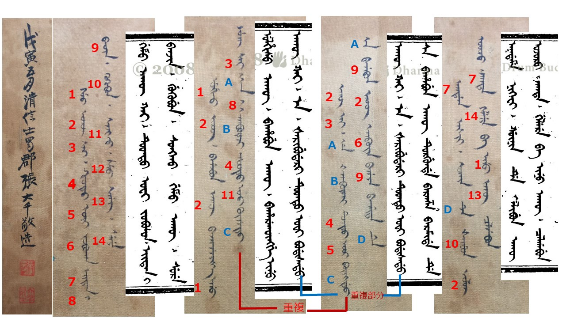4-digit numbers versus 5-digit numbers
Phil H wrote these comments to "Uncommon words of anguish" (7/18/21):
The anguish is very real. My wife had a character in her name that most computers will not reproduce ([石羡]), despite it being relatively common in names in our part of the world, and has been refused bank accounts, credit cards, and a mortgage because of it. In the end she changed her name rather than continue to deal with the hassle. The character is in the standard, but it was too late for us.
…there have always been ways to get the character onto a computer, but any given piece of bank software might not recognise it, and any given bank functionary might be unfamiliar with them. We then had trouble when some organisations used the pinyin XIAN in place of the character, but that then made their documentation inconsistent with her national ID card (which had the right character on it) and so yet further bodies would not accept them… It was the standard "mild computer snafu + large inflexible bureaucracy = major headache" equation.
An anonymous correspondent, a computer scientist, sent in the following remarks:
Phil H is talking about a character which is in a "supplementary plane" in Unicode (and similarly in GB-18030). Unfortunately, an awful lot of software was only ever tested on Basic Multilingual Plane characters.
Read the rest of this entry »
